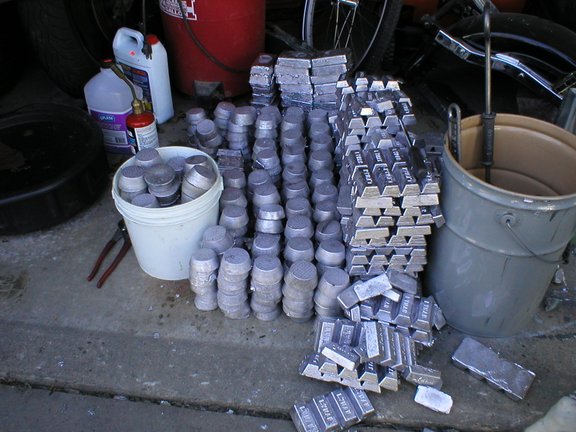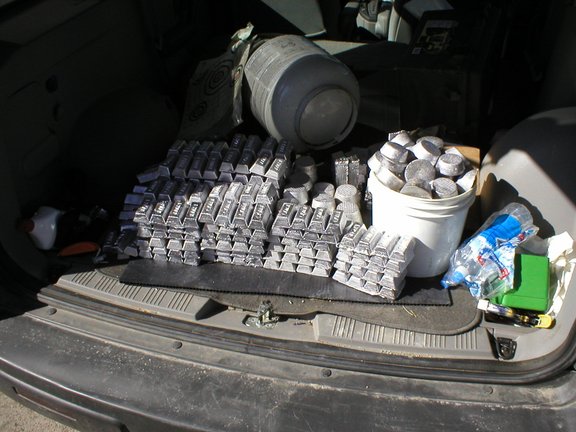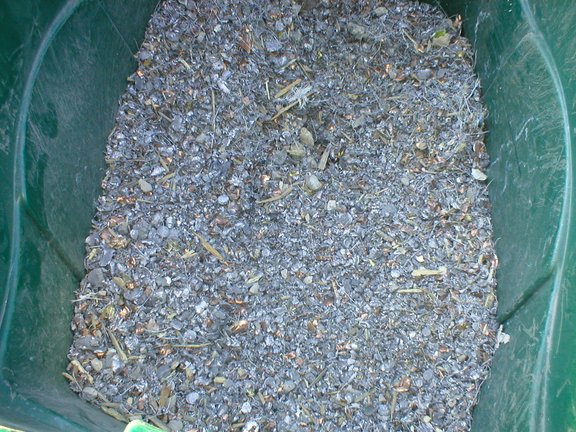I have just noticed the advice from snuffy to add tin. Don't. Cast bullets don't need tin. It does very little for hardness, tin is for castability ie free flow properties, but alloy with 4 or 5% antimony casts well without tin. Antimony is the hardening agent for lead alloy. Wheelweights traditionally had 4%. These days, in my part of the world, they don't contain more than 3%, often less. You need at least 4% for adequate hardness for moderate velocities like 38Spl and 45ACP, a bit more for higher velocities. 6% is good up to 1300FPS. Fired bullets scrounged from the range might be a bit softer than ideal, depending who cast them, but they will have at least 3% antimony in them. So, if you add 2% antimony you'll be OK. The worst scenario is that, if your raw material is antimony rich to start with, you get very hard bullets, which should be no problem. There is a simple way of analysing antimony content, but its a lengthy expanation, so I won't bother unless somebody wants to know.



